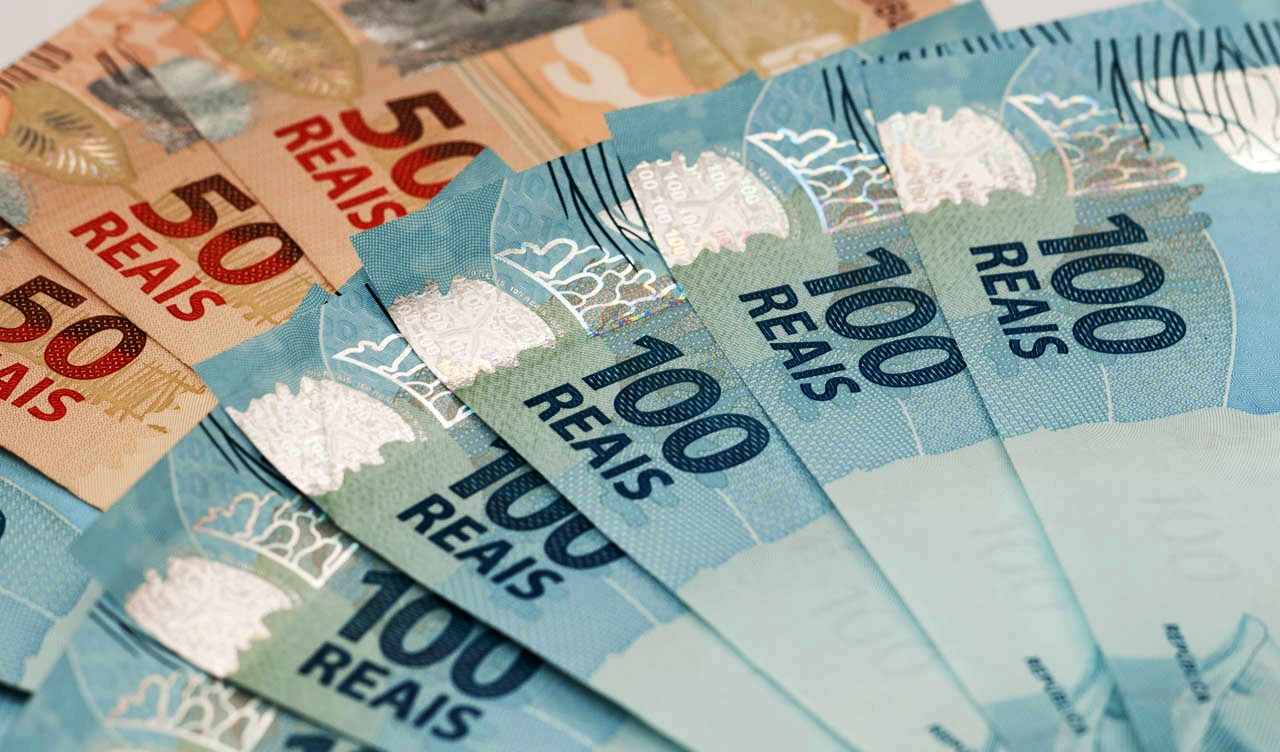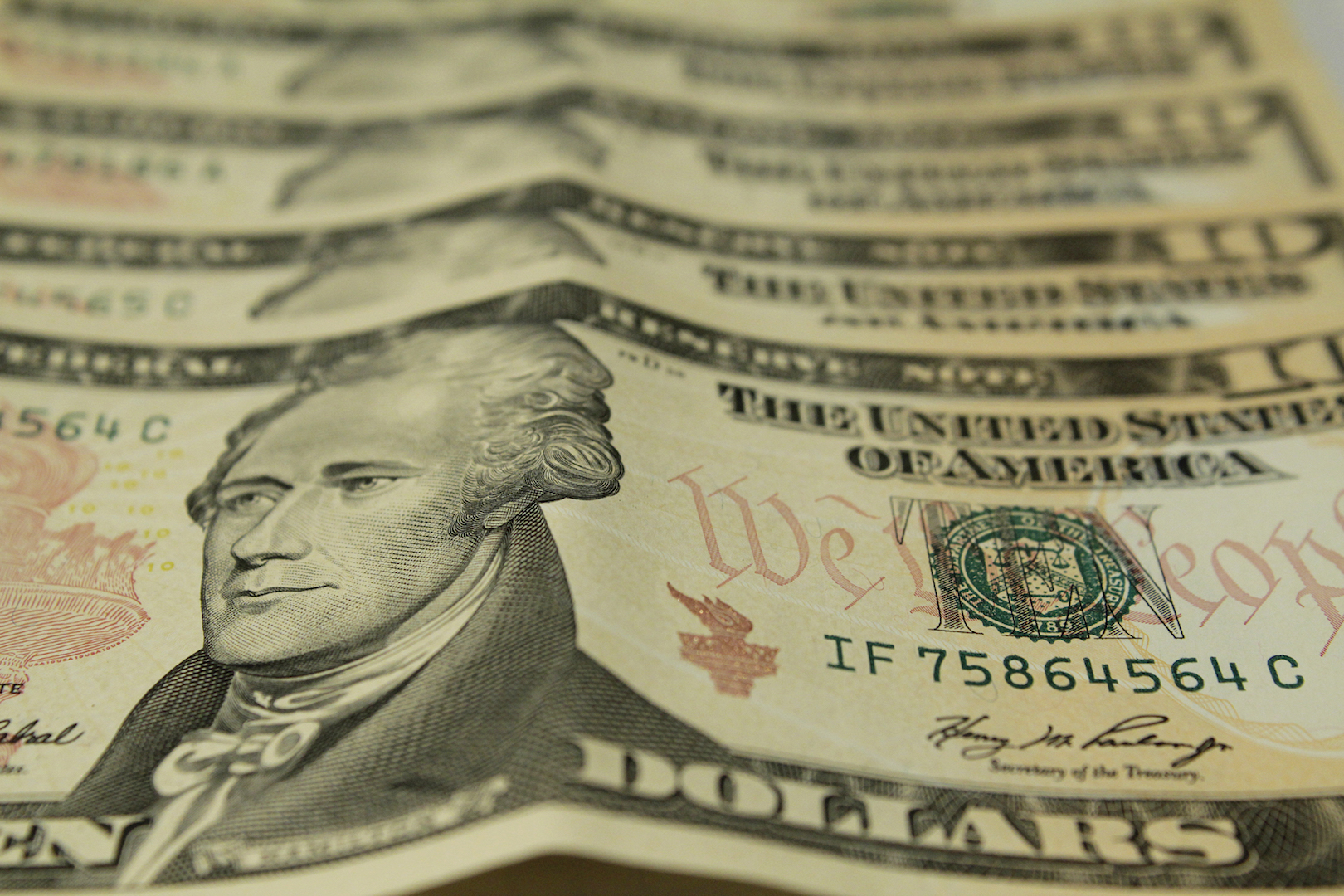RIO DE JANEIRO, BRAZIL – The financial market expects the SELIC (basic interest rate) to be reduced by 0.5 percentage points, from the current annual six percent to 5.5 percent, at the Central Bank (Central Bank) Monetary Policy Committee (COPOM) meeting scheduled for Tuesday and Wednesday, September 17th and 18th, in Brasília. This expectation is included in the weekly survey of the Central Bank to financial institutions in the Focus Bulletin.

The SELIC should be reduced again by 0.5 percentage points in October, according to the financial market, and will remain at five percent per year in the last meeting of the year, scheduled for December.
Moreover, the market does not expect changes in the SELIC in 2020. The expectation that last week the SELIC would stand at 5.25 percent per year at the end of 2020, is now at five percent per year. For 2021, it is expected that the SELIC will climb again and close the period at a rate of seven percent per year.
The basic interest rate is used to control inflation, which is below the target set by the National Monetary Council (CMN) for 2019 and 2020.
When the COPOM reduces the SELIC rate, the trend is for credit to become cheaper, with incentives for production and consumption, reducing inflation control and boosting economic activity.
When the Monetary Policy Committee increases the SELIC, the purpose is to contain the heated demand and this is reflected in prices because higher interest rates make credit more expensive and encourage savings.
According to financial market forecasts, inflation, as calculated by the Broad National Consumer Price Index (IPCA), should stand at 3.45 percent in 2019. This was the sixth consecutive reduction in the estimate, which was 3.54 percent last week.
The estimate for 2020 was also reduced from 3.82 percent to 3.80 percent in the second consecutive review. The forecast for the following years remained unchanged: 3.75 percent in 2021 and 3.50 percent in 2022.
The inflation target set by the National Monetary Council is 4.25 percent in 2019, four percent in 2020, 3.75 percent in 2021 and 3.50 percent in 2022, with a tolerance interval of 1.5 percentage points up or down.

Economic growth
The forecast for GDP growth – the sum of all goods and services produced in the country – was maintained at 0.87 percent in 2019.
The estimate for 2020 fell from 2.07 percent to two percent. There was also no change in estimates for 2021 and 2022: 2.50 percent.
Dollar
The forecast for the dollar rate by the end of this year increased from R$3.87 to R$3.90 and, for 2020, from R$3.85 to R$3.90.

